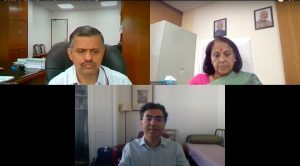- SIWI – Leading expert in water governance
- /
- Latest
- /
- We need to incentivize measures against antimicrobial resistance
We need to incentivize measures against antimicrobial resistance
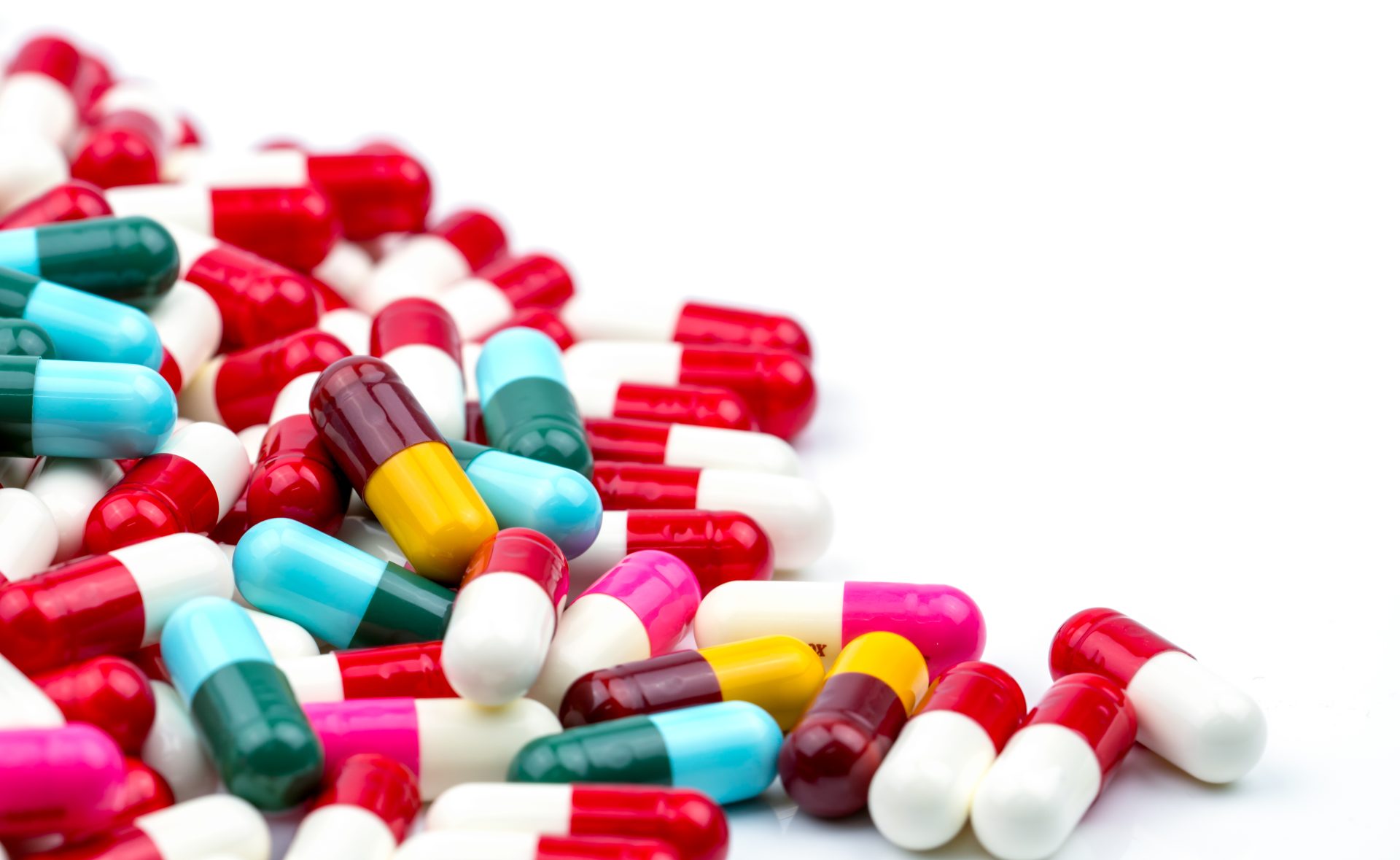
The World Antimicrobial Resistance Awareness Week takes place from 18-24 November. Antimicrobial resistance (AMR) is ranked as one of the biggest global health threats. What is behind the rise of AMR, how does it connect to water, and what can we do about it? Here are the answers.
AMR is a silent and slowly emerging pandemic. Behind it is the ability of microbes to evolve and develop defense mechanisms against antimicrobial agents such as antibiotics and antivirals. As a result of this process, antimicrobials become less effective and infections harder to treat. This is particularly dangerous for patients with a weakened immune system that can be at risk of infections such as cancer patients and those undergoing surgery.
Over time AMR has become one of the biggest global health threats for humanity. According to the United Nations Environment Programme, AMR could push 24 million people into extreme poverty in the next decade and shave off trillions of dollars of GDP if we do not take the right measures. How did we end up in this situation?
The drivers behind AMR
While AMR is a natural process, there are factors that accelerate antimicrobial resistance. Some of them are well known such as the use, over- and misuse for human and animal health. This entails the lax prescription of medicine through some medical professionals, or the risk posed through patients that do not take all prescribed antimicrobials, which can lead to infectious microbes surviving and developing resistance to the medicine.
A large part of the challenge lies with the agricultural industry. Approximately 70 percent of global antibiotic sales go to it. The medicine is used for animals raised for food with the goal of treating or preventing infections or increasing the body mass of livestock. Although the European Union has banned the practice of routinely feeding antibiotics to animals, other parts of the world continue to do so.
What is less known is the close connection between climate change, water, and AMR. In the last three to five years, we started to really understand that climate change accelerates the development and spread of AMR. Climate change is experienced primarily through too much, too little, or too dirty water. All three can worsen AMR as lack of access to clean water in drought affected areas as well as the exposure to polluted flood waters lead to increased infection rates. This means the start of a vicious cycle. Increased infections are followed by a rising use of antibiotics, which increases the probability of new and higher levels of AMR.
Finding solutions is complex
The current crisis is exacerbated by the fact that the big players in the pharma industry are increasingly abandoning antibiotics. The costs of producing a new antibiotic are massive. Potential revenues through sales are highly uncertain.
One reason for this is that doctors try to avoid prescribing newly developed antibiotics, unless a patient is at an extremely high health risk from an infection, to help delay AMR. At times this requires a difficult question of conscience for medical practitioners who need to decide between using new antibiotics which could accelerate AMR or old ones which might in some cases not be sufficiently effective to treat an infection.
This is not the only challenge for producers. In many countries, government agencies want to keep the prices for antibiotics low. Further, many patent periods for antibiotics have expired. This allows new manufacturers to take over the market. The increased competition drives the prices down. This leads to another negative spiral as many of the smaller manufacturers only have marginal profits and would not have the capacity to invest in sufficient wastewater management. Oftentimes the result is pollution through antibiotics in the surrounding area of the production compound, a local problem with global effects.
Enhancing cooperation
The fight against AMR is a challenging one but there are steps that can be taken. To make meaningful progress actors across regions and sectors need to be part of the solution. We will need a strong openness to work with people from different backgrounds and sectors to connect knowledge, capacities, and resources both from the Global North and the Global South.
The responsibility lies not only with medical doctors and veterinarians who prescribe, and the patients who consume, but also with hospitals, municipal wastewater plants, and producers that have large amounts of antimicrobials in their waste. At the same time, governments need to set up and implement regulations, provide financing, and enable stakeholders to work together.
Providing incentives for good practices
SIWI has been working with pharmaceuticals in the environment with a focus on antibiotics for the past five years. Aside from governments, SIWI’s prime target group is the manufacturing industry as well as procurers with the dedicated aim to minimize emission of antibiotics through the manufacturing process, improve policies, and reduce the spread of AMR.
In our recently published Framework, SIWI defined factors and criteria for responsible manufacturing to significantly slow the spread of AMR. The criteria suggest pathways for the procurers and regulators to provide incentives in the form of financial security or an improved reputation to manufacturers who can demonstrate that they are producing antibiotics responsibly.
Many countries now have national AMR action plans, but implementation remains vastly different. The World Health Organization has recently released a package of interventions to help governments in implementing a more comprehensive response to AMR through a people-centered approach. This is part of a larger positive trend that has started in recent years. The conversation across sectors and actors is evolving and attention to the policy field is increasing. Now it is time to build on the momentum and slow the global spread of AMR together.
Most recent
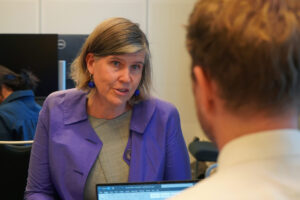
Bridging Borders: A Conversation with Meike van Ginneken
- Transboundary Water Cooperation
- Water cooperation
- Water and Peace
- Water diplomacy
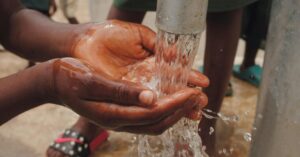
Transforming relations through WASH access
- Water, Sanitation and Hygiene (WASH)
- Water and Peace
- Resilience through water
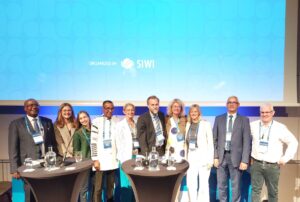
Reflections from World Water Week 2024: Unlocking Water Cooperation Solutions
- Human rights and water
- Indigenous knowledge
- Transboundary Water Cooperation
- World Water Week
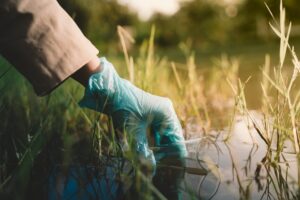
How can we make the manufacturing of antibiotics safer?
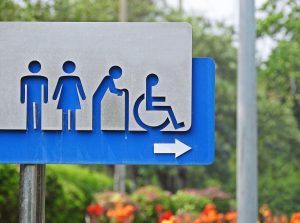
Beyond access: how do we achieve toilet equity?
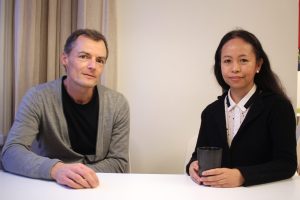
Creating new incentives for responsible manufacturing of antibiotics
